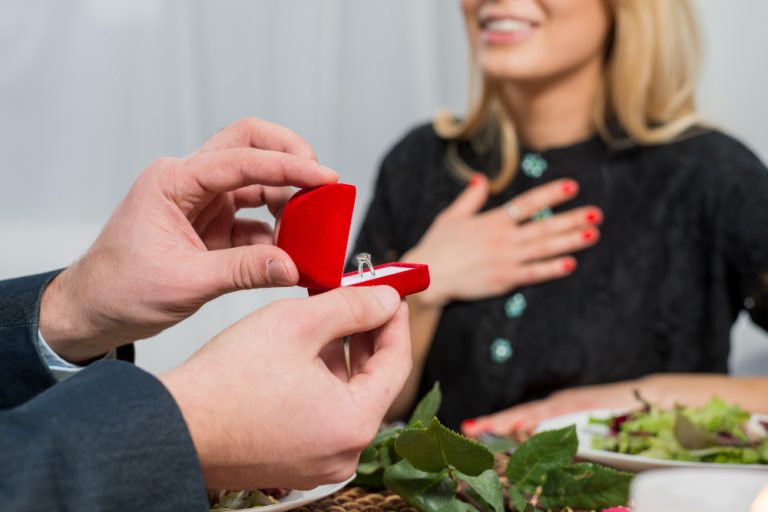Table of Contents
ToggleIntroduction
Restorative dentistry is a type of treatment that can help to restore your natural teeth and improve their function and appearance. Restorative dentistry treatments can be used to treat cavities, cracked or broken teeth, worn enamel, gingivitis (gum disease), or other issues with your mouth. The restorative dentist will determine which restorative procedure you need based on the results from x-rays and/or an examination by using special instruments called intraoral cameras.
Restorative dentistry treatments are designed to help in restoring the function and beauty of your smile.
Restorative dentistry procedures are done to improve the appearance and function of your teeth. They have been designed to help in restoring the natural beauty of your smile. Restorative dentistry is also done to improve the function of your teeth.
What is Restorative Dentistry?
- Restorative dentistry is the branch of dentistry that deals with the restoration, rehabilitation, and preservation of teeth. Dental treatment can be used to repair damage to teeth, whether it is caused by decay or trauma.
- Other than repairing damaged teeth, restorative dentistry also includes cosmetic treatments such as tooth whitening and veneers (to make your teeth look whiter).
Different Kinds of Restorative Dentistry Procedures
Restorative dentistry procedures are used for a wide range of issues, including:
- Replacing missing teeth and their surrounding bone with dental implants
- Restoring the gum tissue and bone around your teeth that have been damaged by decay or periodontal (gum) disease. This can help prevent further damage from occurring. In some cases, it’s possible to replace lost tooth structures with dental crowns (caps), veneers, or bridgework. If a tooth is completely missing and there are no remaining roots in place, we may be able to create an implant-supported bridge instead.
- Removing large amounts of decay so that fillings can be placed where needed; in cases where there isn’t enough room left for filling material, we might recommend placing a crown on top of the affected area instead
Aftercare Tips
- Follow your dentist’s instructions.
- Drink plenty of water to keep your mouth hydrated.
- Brush your teeth twice a day, preferably after each meal and before bed. Use a soft toothbrush or electric toothbrush and be gentle while brushing so as not to irritate the gums or any other part of the mouth that has been treated with restorative dentistry procedures.
- Eat soft foods until the treatment is fully healed (usually about two weeks). Avoid chewing on ice, hard candies, and other hard objects for at least one week after having restorative dentistry procedures done to avoid any further damage to the healing process of these areas inside your mouth
Conclusion
As you can see, restorative dentistry procedures are a great way to repair and restore the beauty of your smile. The aftercare tips that we’ve outlined above will help ensure that you get the most out of your procedure and keep your smile healthy and looking its best long after your procedure is complete.




